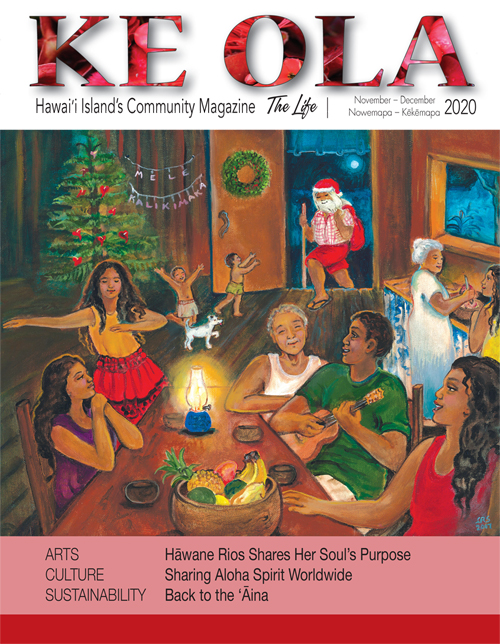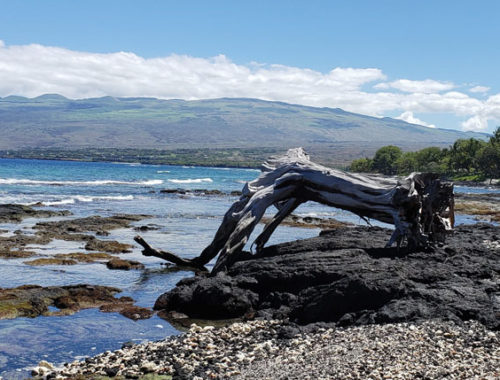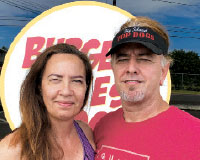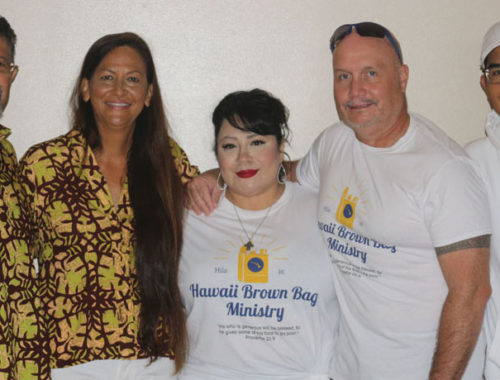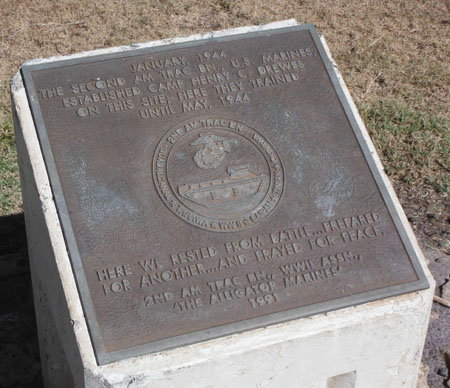
Then and Now: Reflections on World War II and Its Current Relevance

By Pete Hendricks
2020 marks the end of World War II in the Pacific in 1945, 75 years ago. The fear, uncertainty, and anxiety in the days after the 1941 Pearl Harbor attack changed the way of life in Hawai‘i permanently. Similarly, the novel coronavirus will have long term impacts. Then, as today, the threat was real, with the immediate future uncertain.
The devastating attack on December 7, 1941 was a complete surprise to most people in Hawai‘i; however, there had been earlier warnings. Japan’s expansion into Asia started with the building of a western-style modern army and navy, with a naval victory over Czarist Russia in Tsushima Strait between Japan and Korea (1905). Taiwan had become part of Japan in 1895, and Korea was annexed in 1910. Japan, then an Allied nation, was awarded extensive mandates in the western Pacific after World War I. Japan continued to expand its control in southeast Asia, under the stated policy of the “Greater Southeast Asia Co-Prosperity Sphere”.
Hawai‘i’s relationship with Japan started in 1881, when King David Kalākaua, on his worldwide tour, had visited Japan and met with Emperor Mejii as an equal. At the time, Japan’s ruler was seen as a god. Kalākaua suggested a partnership to create a Union of Confederation of Asiatic Nations and Sovereigns. The king even suggested a future marriage between his niece, Ka‘iulani and a young Japanese prince. Neither suggestion became reality. Kalākaua’s visit facilitated a large number of Japanese immigrants arriving in Hawai‘i, first as labor for the growing sugar industry, and later many moved into trades and businesses. By 1941, a third of Hawai‘i’s people were of Japanese descent, and dominated one important business—commercial fishing. About half of Kona’s residents were Japanese.
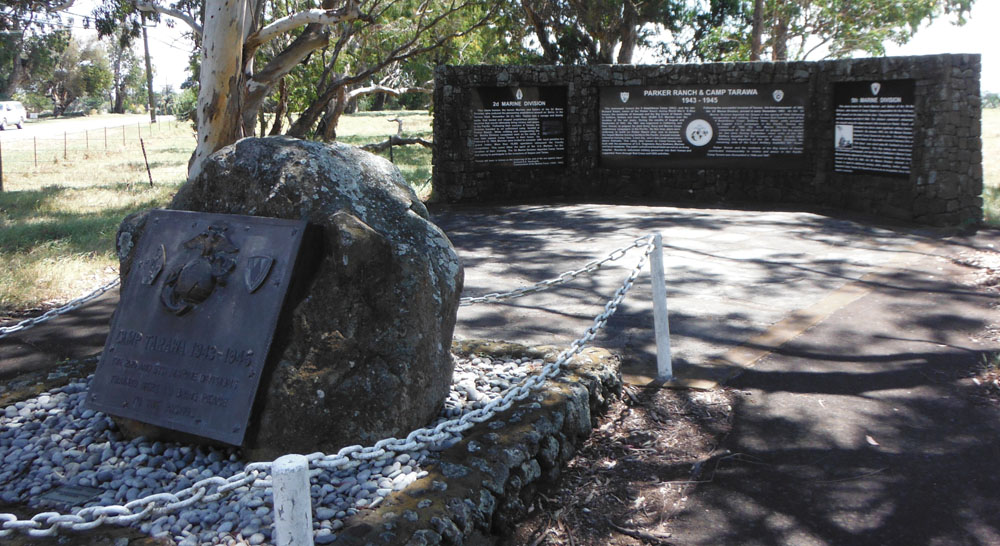
Hawai‘i’s Significance
Hawai‘i’s strategic position in the Pacific was of interest to all the world powers by the time the monarchy was overthrown in 1893. Prejudice against immigrants grew in the later 1800s, with some fearing Japanese national expansionism.
Earlier warnings were raised by ranking military in the 1920s. General (then Lt. Colonel) George Patton assessed the threat to Hawai‘i while stationed here from 1935–37. Patton predicted the attack on Pearl Harbor in a study memo named “Surprise.” Patton also wrote a study titled “Plan Orange,” which included martial law and internment of numerous local Japanese people after an attack on Hawai‘i. US military intelligence was aware of the imminent conflict, but the obvious flash points were far away in the Pacific and Asia.
The Pearl Harbor attack was planned by Admiral Isoroku Yamamoto, a talented officer who had a practical understanding of the US and its potential military strength. Yamamoto served as language officer and special student at Harvard, and later as naval attaché for Japan in Washington, DC (1926–28). Yamamoto cautioned Japanese leaders against conflict with the US, but he was loyal to his country. A successful Pearl Harbor attack, destroying the US Pacific Fleet, might cause the unprepared America to sue for peace.
Hawai‘i didn’t know if there was an invasion force accompanying the attackers, and rumors were rampant after the December 7th attack. The Honolulu Advertiser headline for December 8th read “SABOTEURS LAND HERE.” With no evidence at all, rumors circulated that the Japanese in Hawai‘i were supporting Imperial forces and expecting an invasion. However, a force of Japanese fleet submarines was in Hawaiian waters as part of the attack. On December 31 the Japanese sub I-1 was to attack Hilo harbor at night with its deck gun. Other submarines shelled Nawiliwili (Kaua‘i) and Kahului (Maui) harbors, inflicting minor damage.
Immediately after the Pearl Harbor attack, the Hawaiian Islands were completely locked down. All the other islands outside of O‘ahu initially had no idea what was going on. Invasion was considered a real possibility. By Sunday afternoon, December 7, 1941, Hawai‘i Territorial Governor Poindexter agreed with the senior military officer in Hawai‘i to declare martial law. Lt. General Walter C. Short quickly issued the proclamation: “Pursuant to section 67 of the Organic Act of the Territory of Hawai‘i, approved April 30,1900, the Governor of Hawai‘i has called on me, as commander of the armed forces of the United States in Hawai‘i, to prevent such [Japanese] invasion; has suspended the writ of habeas corpus; has placed the territory under martial law; has authorized me and my subordinates to exercise the powers normally exercised by the governor and subordinate civil officers.”
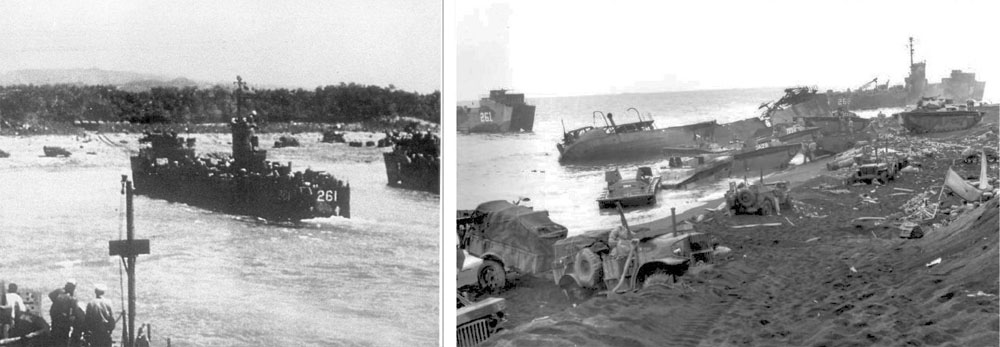
Within days, strict rules were in effect. Hawai‘i Island residents were told to tune into KHBC, the AM radio station in Hilo, for information. Radio stations had been off the air during the attack, to prevent attacking planes from homing in on radio signals. The Hilo Tribune-Herald continued printing, subject to censorship. Complete blackout was ordered from dusk until dawn. Permits were required for vehicles on the roads. Food and gas rationing were soon to come. Gas masks were issued. Gatherings of more than 10 people were to be by permit only. All arms and ammunition were to be turned in to local police. Māhukona port was closed (there was not yet a commercial harbor at Kawaihae). Kona was split into north and south districts; a permit was required for travel between the two. Kīlauea Military Camp in Volcano was to become a transition stop for the few Japanese from Hawai‘i Island sent to internment camps on the mainland. However, no Japanese American or alien resident was ever convicted of crimes against the US in Hawai‘i during the entire war in the Pacific.
The Army took overall control under Military Governor Short. Hawai‘i would still be under some wartime restrictions until 1944, such as nighttime blackout (“dim out” by 1942), when the Pacific war had moved thousands of miles away.
Tragedy Strikes
On January 28, 1942, the Army transport ship Royal T. Frank was on its way from O‘ahu to Kawaihae and Hilo. The 200-ton vessel was carrying draftees who had just completed basic training at Schofield Barracks in Honolulu, which by 1938 had become an Army garrison of 14,000. Due to the threat of Japanese submarines, the Royal T. Frank was in a convoy that morning, together with a Navy destroyer and a tug towing an ammunition barge. About 30 miles north of ‘Upolu Point in the ‘Alenuihāhā Channel, several torpedoes were sighted coming toward the ship; the third torpedo exploded and the Royal T. Frank sunk within a minute. Nine of the 33 survivors were Hawai‘i island soldiers; they became known as “the Torpedo Gang.”

Some authorities believed that other islands besides O‘ahu, especially Hawai‘i, with its size, scant defenses, agricultural base, and low population, would be a likely place for the potential invasion. US Army and volunteer units were soon active on the island. More military followed quickly. Every possible invasion beach had its contingent of military and volunteer coverage. The combined Army Air Field (AAF)/Naval Air Station (NAS) in Hilo became a busy flight center. Morse AAF was established at South Point. The US Marines were to be the largest military presence on Hawai‘i Island during WWII.
After the horrific 1943 battle for the atoll of Tarawa, exhausted surviving 2nd Marines were transported to the port of Hilo and sent by railroad, many in open flatcars, to Pa‘auilo, where they were bused to Waimea. The Marines, ill-clothed and fresh from a tropical hell, had to camp at first in the wind and dust of chilly Waimea. Three areas became familiar to more than 50,000 Marines during the war: Camp Tarawa, the largest, in Waimea; Pōhakuloa Camp, for field artillery training; and Camp Drewes (Hapuna), for amphibious assault training.
The first atomic bomb used in conflict was on August 6, 1945, and its effects killed 140,000 humans by the end of 1945. The second more powerful bomb hit Nagasaki six days later. The war ended with unconditional surrender August 15, 1945.
Out of Conflict Comes Hope
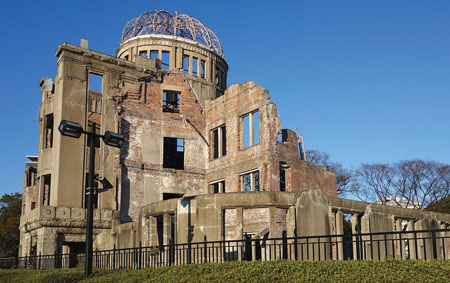
After the cataclysmic end to WWII in the Pacific, major tensions remained in the world, and competition among nations continued. However, there were those who sought real peace. Masayuki Matsunaga, born on Kaua‘i, and nicknamed “Spark,” served with the Army in Europe with the renowned 442nd Regimental Combat Team. Wounded in battle and a decorated US Army Captain, Spark Matsunaga later graduated from Harvard Law School and eventually represented Hawai‘i as a US Senator from 1977–90.
Senator Matsunaga had a vision that there should be a dedicated US organization promoting peace and helping resolve conflict. His greatest legacy is the Institute of Peace Act, passed in 1984. URL references to the resolution are listed below.
The beginning of the winter season brings the shortest day and longest night of the year. Many in Hawai‘i and worldwide are working toward a brighter future, with peace and aloha extended to everyone. Each of us has a part to play. A special mahalo to all our veterans, then and now. ❖
For more information:
United States institute of Peace and Conflict Resolution: usip.org
Spark M. Matsunaga Institute for Peace and Conflict Resolution: peaceinstitute.manoa.hawaii.edu
